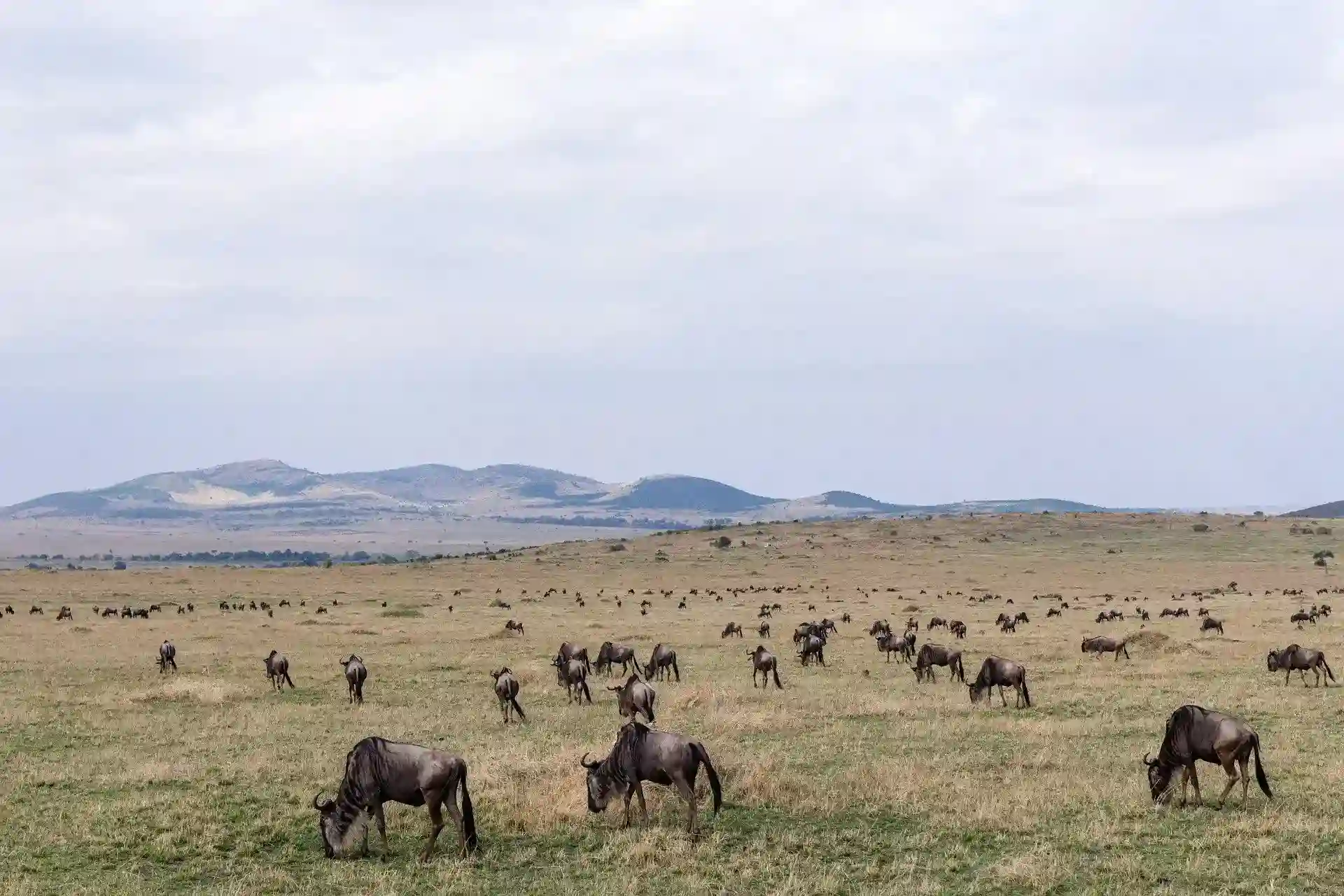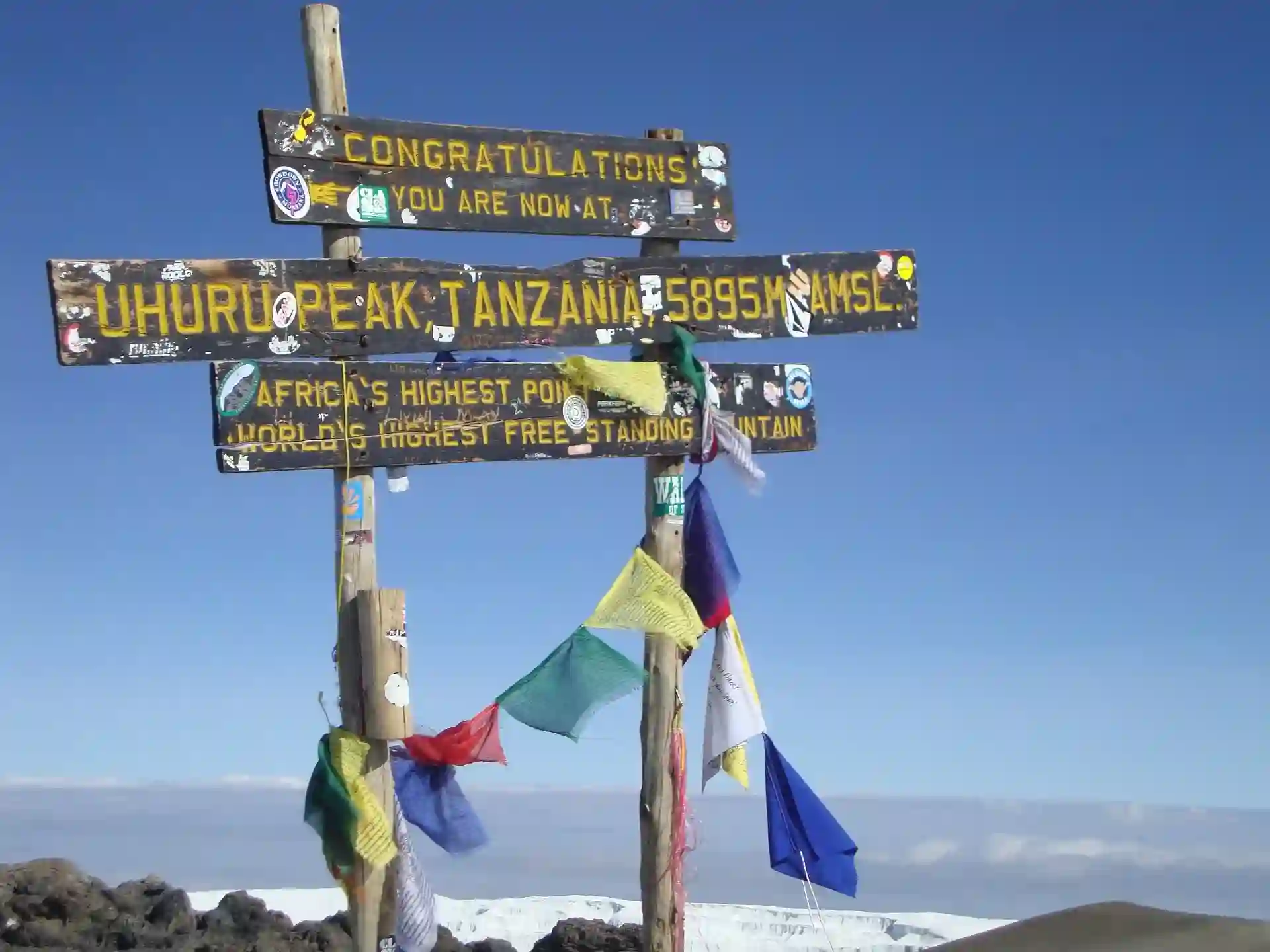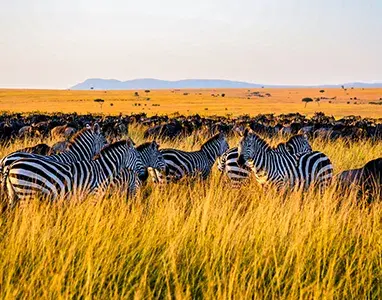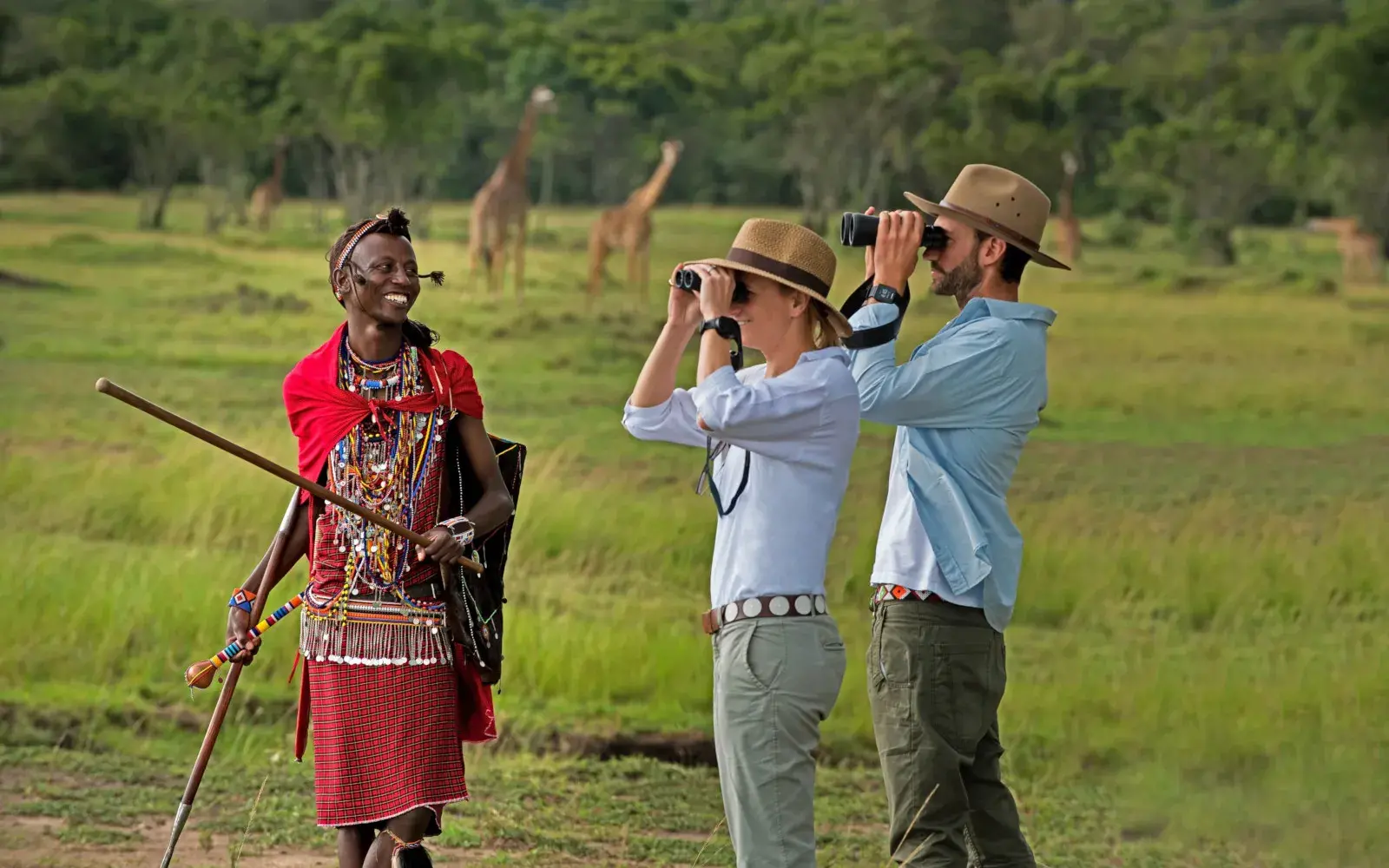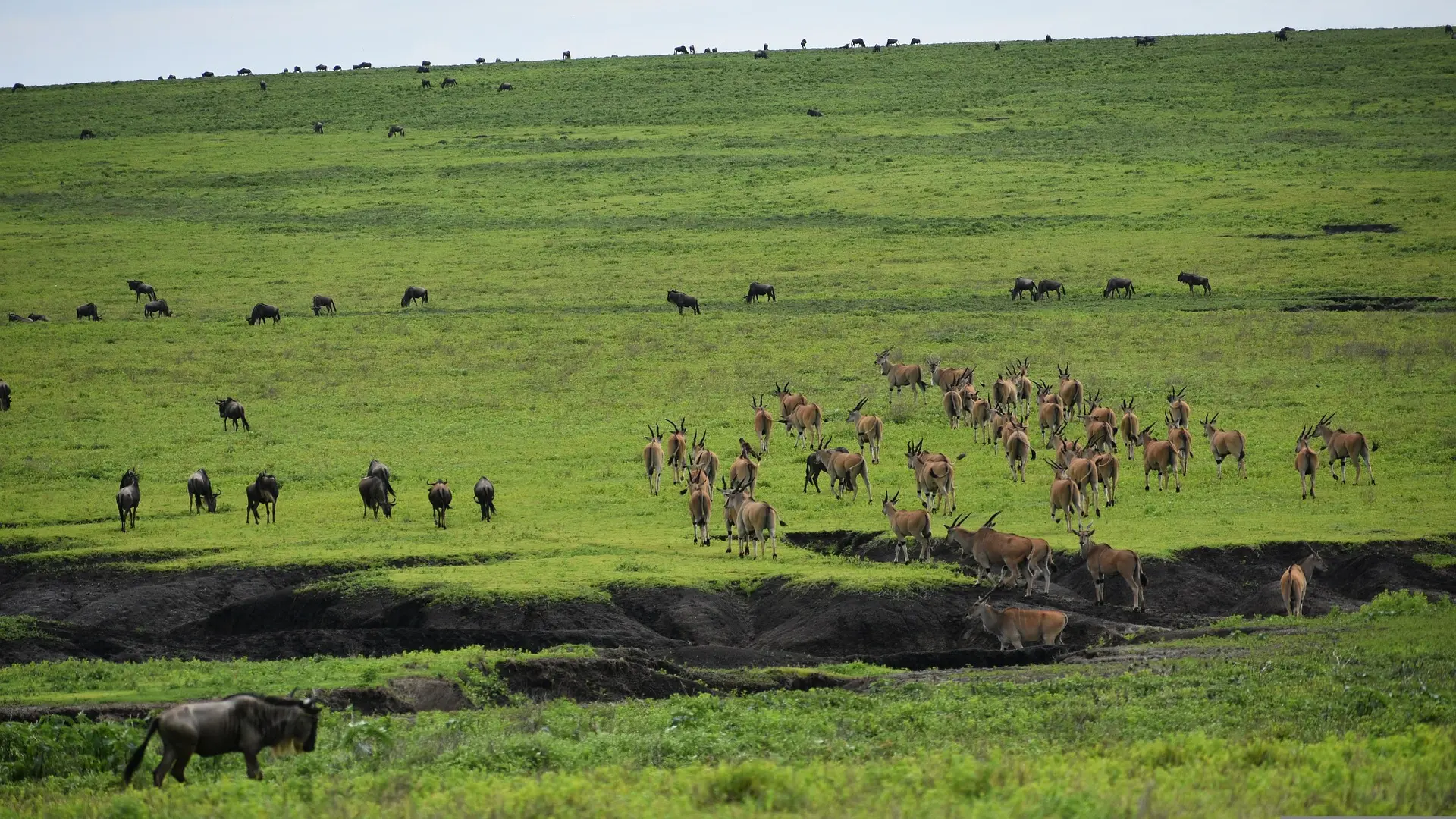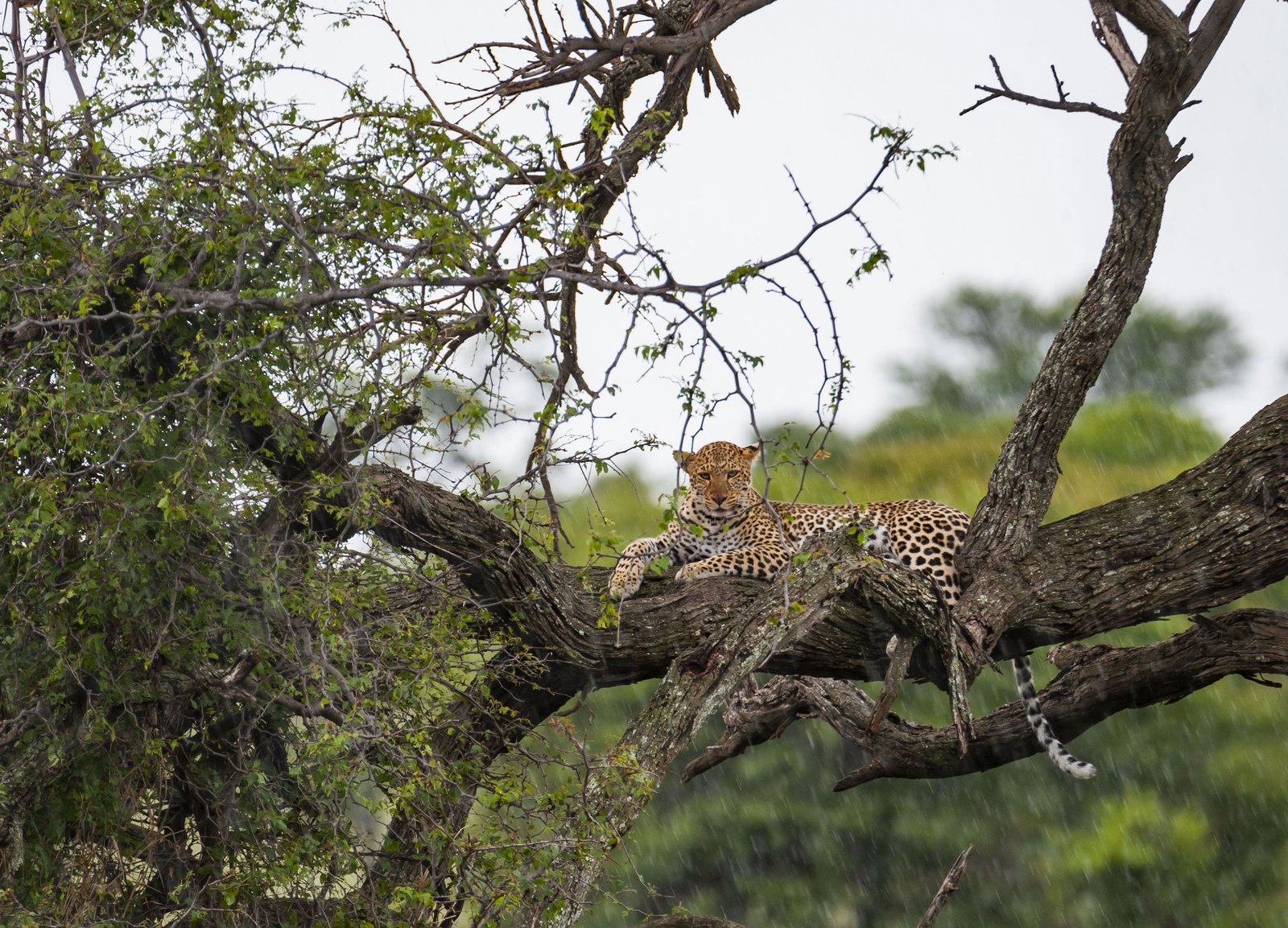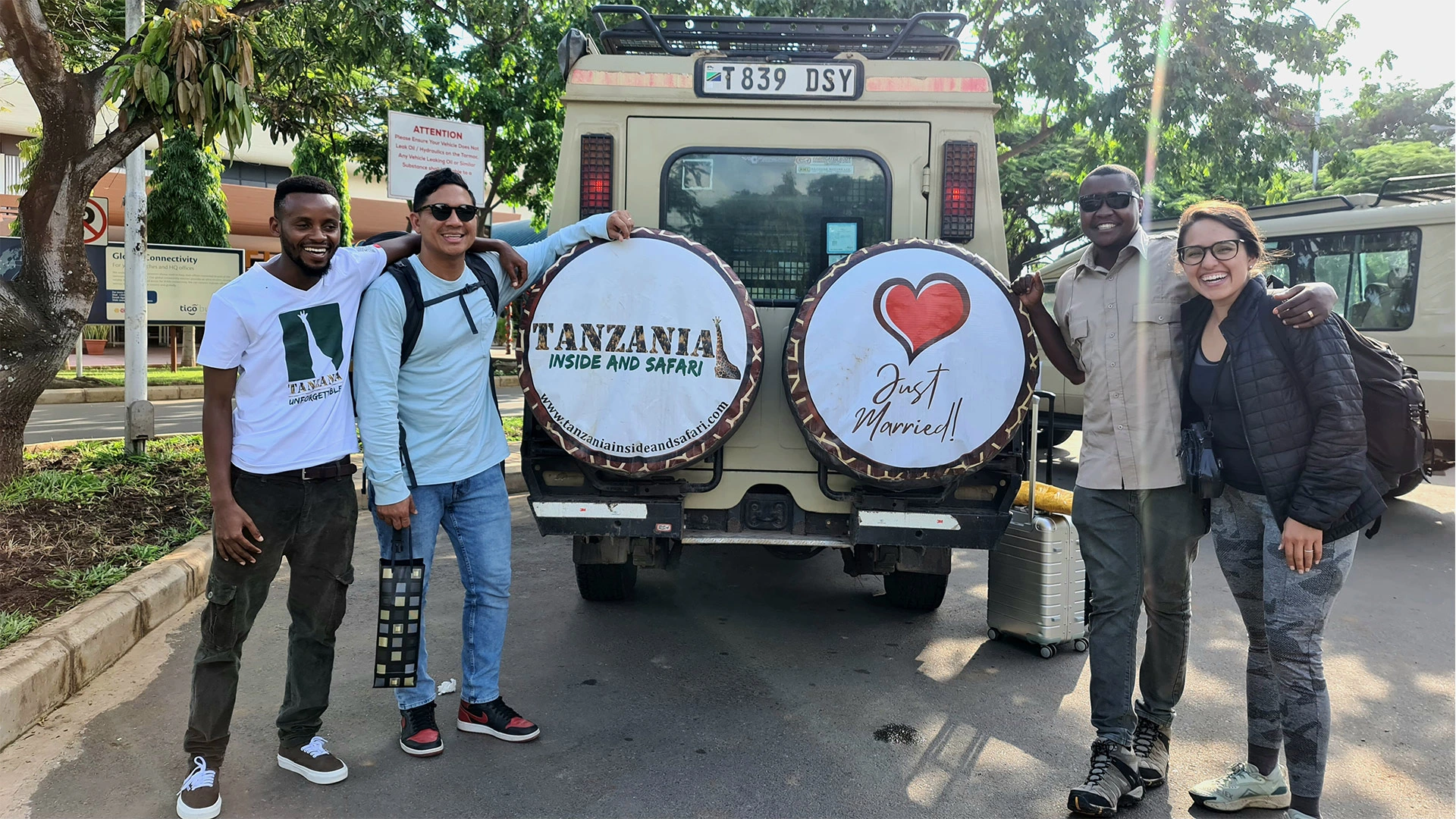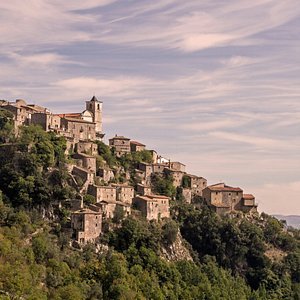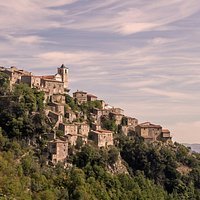
Tarangire National Park: A Land of Giants and Baobabs
Tarangire National Park, a hidden gem in Tanzania's northern safari circuit, offers a unique and captivating wildlife experience. Renowned for its impressive elephant populations, ancient baobab trees, and diverse landscapes, Tarangire provides a more intimate and less crowded alternative to its famous neighbors, the Serengeti and Ngorongoro.
Introduction
Tarangire, named after the Tarangire River that traverses the park, is a haven for wildlife, particularly during the dry season when animals congregate along the river's banks. The park's varied terrain, from acacia woodlands and grasslands to swamps and rocky outcrops, supports a rich array of flora and fauna.
Location
Tarangire National Park is located in the Manyara Region of Tanzania, southeast of Lake Manyara and northeast of the Ngorongoro Crater. It's part of the larger Manyara ecosystem and lies approximately 118 kilometers (73 miles) southwest of Arusha.
Getting There
- By Road: The most common way to reach Tarangire is by road from Arusha. The drive takes approximately 2-3 hours and offers scenic views of the Tanzanian countryside.
- By Air: Charter flights are available to airstrips within the park, providing a quicker and more convenient option for those with limited time.
Best Time to Visit
- Dry Season (June to October): This is the best time for wildlife viewing, particularly for elephants, as animals gather around the Tarangire River in large numbers. The dry season also offers excellent opportunities for photography due to clear skies and less vegetation.
- Wet Season (November to May): The wet season transforms the park into a lush green paradise, attracting migratory birds and newborn animals. While wildlife viewing may be less concentrated, the landscapes are stunning, and the park is less crowded.
Attractions
- Elephant Herds: Tarangire is famous for its large elephant populations, with herds often numbering in the hundreds.
- Baobab Trees: The park's landscape is dotted with majestic baobab trees, some of which are hundreds of years old.
- Tarangire River: The lifeblood of the park, the Tarangire River attracts a wide variety of wildlife, including lions, leopards, giraffes, zebras, and wildebeest.
- Birdlife: Tarangire is a birdwatcher's paradise, with over 550 bird species recorded.
- Silale Swamp: This vast swamp area attracts a diverse range of wildlife, including waterbucks, buffaloes, and predators.
- Lion and Leopard Sightings: Tarangire offers excellent opportunities for seeing lions and leopards, particularly during the dry season.
- Wild Dogs: Tarangire is one of the few places in Tanzania where you have a chance to see the endangered African wild dog.
- Kopjes: The park is filled with Kopjes, rocky outcroppings that offer shelter and vantage points for predators and prey alike.
What Makes It Famous
- Elephant Abundance: Tarangire's large elephant populations are a major draw, offering unparalleled opportunities for elephant sightings.
- Baobab Landscapes: The park's unique baobab-studded landscapes create a picturesque and memorable safari experience.
- Dry Season Concentrations: The concentration of wildlife along the Tarangire River during the dry season makes for exceptional game viewing.
- Intimate Safari Experience: Compared to the Serengeti and Ngorongoro, Tarangire offers a more intimate and less crowded safari experience.
- Birding Paradise: The park's diverse birdlife attracts birdwatchers from around the world.
- Geological Wonders: The Kopjes, and the river itself are geological wonders that add to the parks beauty.
- The Tarangire Ecosystem: The park plays a crucial role in the larger Manyara ecosystem, supporting a wide range of wildlife and contributing to regional biodiversity.
Tarangire National Park provides a unique and unforgettable safari experience, showcasing the beauty and diversity of Tanzania's wildlife and landscapes. Its combination of large elephant herds, iconic baobab trees, and abundant wildlife makes it a must-visit destination for any safari enthusiast.


